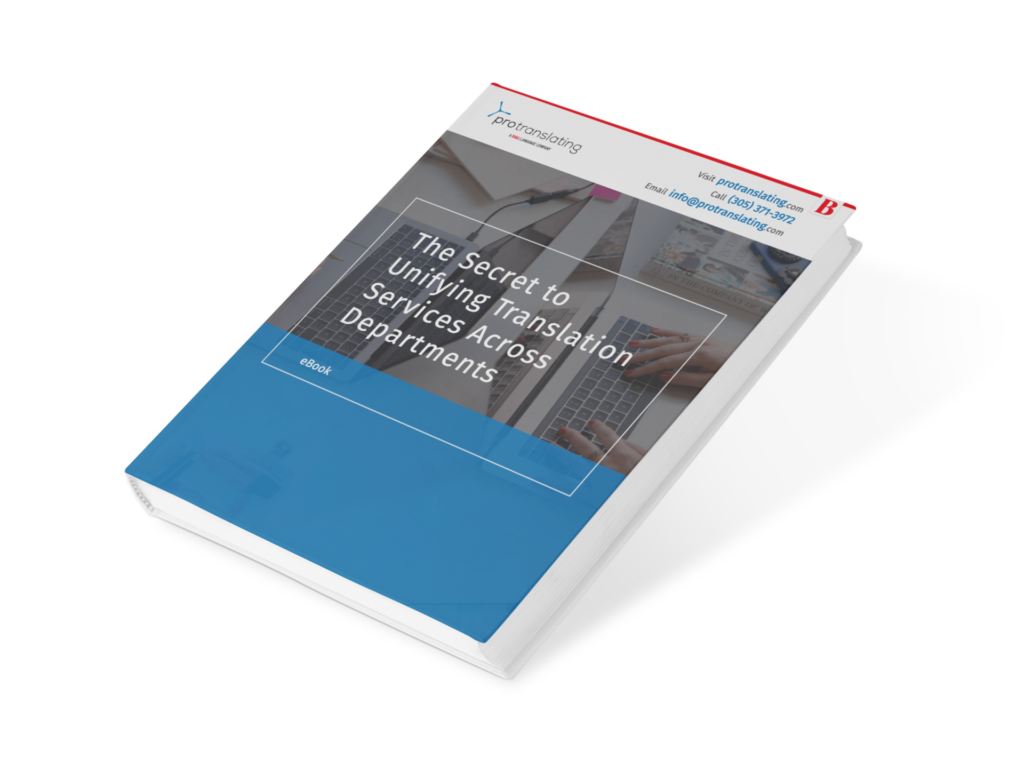Improving collaboration with your language service provider
As you work with your language service provider (LSP) on translation, interpreting, and other projects for your business, it might become apparent that a translation glossary is needed to support translations involving specialized language. These glossaries typically include specific terms, acronyms, trademarks, and business-specific language as used within an individual business. Furthermore, they may contain language so specialized even a professional translator might need guidance to make sure the preferred terminology and phrasing are used.
Translation glossaries are business-specific because the language businesses use is often specific to their brand. Companies dealing with many branded products, technical descriptions, proprietary software, or other trademarked assets may need one to ensure their content is accurately translated.
In many cases, businesses and organizations in highly technical or specialized fields, such as legal, medical, life science, and manufacturing, may need one to handle the unique and complex terminology used in their content. This can be true even when your translators have subject matter expertise—it’s a tool that can be used to ensure accuracy and consistency, especially with large projects involving more than one translation professional.
What does a translation glossary include?
Your company’s translation glossary will consist of specialized words and phrases regularly used in your content. It also includes phrases to include on a “Do Not Translate” list, e.g. slogans, institutional names, or other phrases. This valuable resource isn’t meant to be a massive tome addressing every single remotely technical word or phrase. Ideally, this glossary will provide a concise reference that is easy for translation professionals to navigate. The language in this glossary will be specific to your business, offering guidance on important, specialized words to be translated in your content.
Most also include relevant context for any glossary term, including the part of speech the term comes from, and other notes and guidance on how the term should be used in a translation. This gives translators more information to guide their work.
A translation glossary may also include terminology that your business doesn’t want to include in any of its content (e.g., a soft drink brand may refuse to call itself “soda” or “pop”). Similarly, your business can use one to advise against words to avoid and offer preferred alternatives.
A translation glossary isn’t the only resource used to improve consistency in your translations. This tool is also used alongside translation memory—which stores individual words, sentences, and even paragraphs to be repurposed across your content—and your brand’s style guide, which covers style rules for text-based content, as well as visual elements. Together, these resources support consistency and accuracy across all of your translation projects.The benefits of creating a translation glossary
Translation glossaries offer immediate value to businesses investing in their creation. Often, this value continues to increase over time in multiple ways. Some of the greatest benefits include:
- More cost-effective translations: Translation glossaries improve the accuracy of your initial translations, which reduces the amount of rework required for any given project. As soon as you develop and implement a translation glossary, it should start saving additional work created by these inconsistencies and errors. As the glossary itself grows over time, these cost savings will continue to improve.
- Efficient translations: A glossary reduces back and forth between your company and your LSP. Translation experts can reference your glossary instead of reaching out to your company’s leaders, which speeds up translation and streamlines project workflows. Reduced reworking leads to faster project completion, and translators are able to achieve more within a certain time frame than what is possible without a translation glossary.
- A stronger brand: Consistent translations, reduced translation errors, and more effective branded terminology all support your brand’s end-user experience. A translation glossary improves customer perceptions of your business, strengthens your brand’s authenticity and sense of expertise, and improves your ability to connect with consumers and prospects in foreign markets. Brand rollouts to new markets can happen faster and easier with a translation glossary, leading to faster—and higher—ROI.
How to create a translation glossary
A translation glossary is developed in collaboration with your LSP. Your business can start by creating a list of terms you think are important to include in a translation glossary. If you have an in-country reviewer, involving them early on in the process will help facilitate efficient translation work in the future. Once this preliminary list is established, you should work with your LSP to build out the list and its definitions.
Once the translation glossary is developed, you will pass this down to your translators and linguists to produce translations for those terms in each target language. Make sure you’ve chosen trustworthy translators with subject matter expertise to support accurate, consistent translation. You should also consider the project workflows and QA steps implemented by your LSP, which will affect the development and overall effectiveness of your translation glossary.
A living document that gains value over time
Once your initial translation glossary is complete, you can expect it to grow and evolve over time, as new terms are added to expand the scope and value of this reference. In this way, your glossary will continue to gain in value over time.
If you end up wanting to switch to a different LSP in the future, remember your translation glossary is an asset you can take with you, giving you the freedom to move to the LSP that offers the best service and value to your business.
Contact us today to learn more about our translation services.







